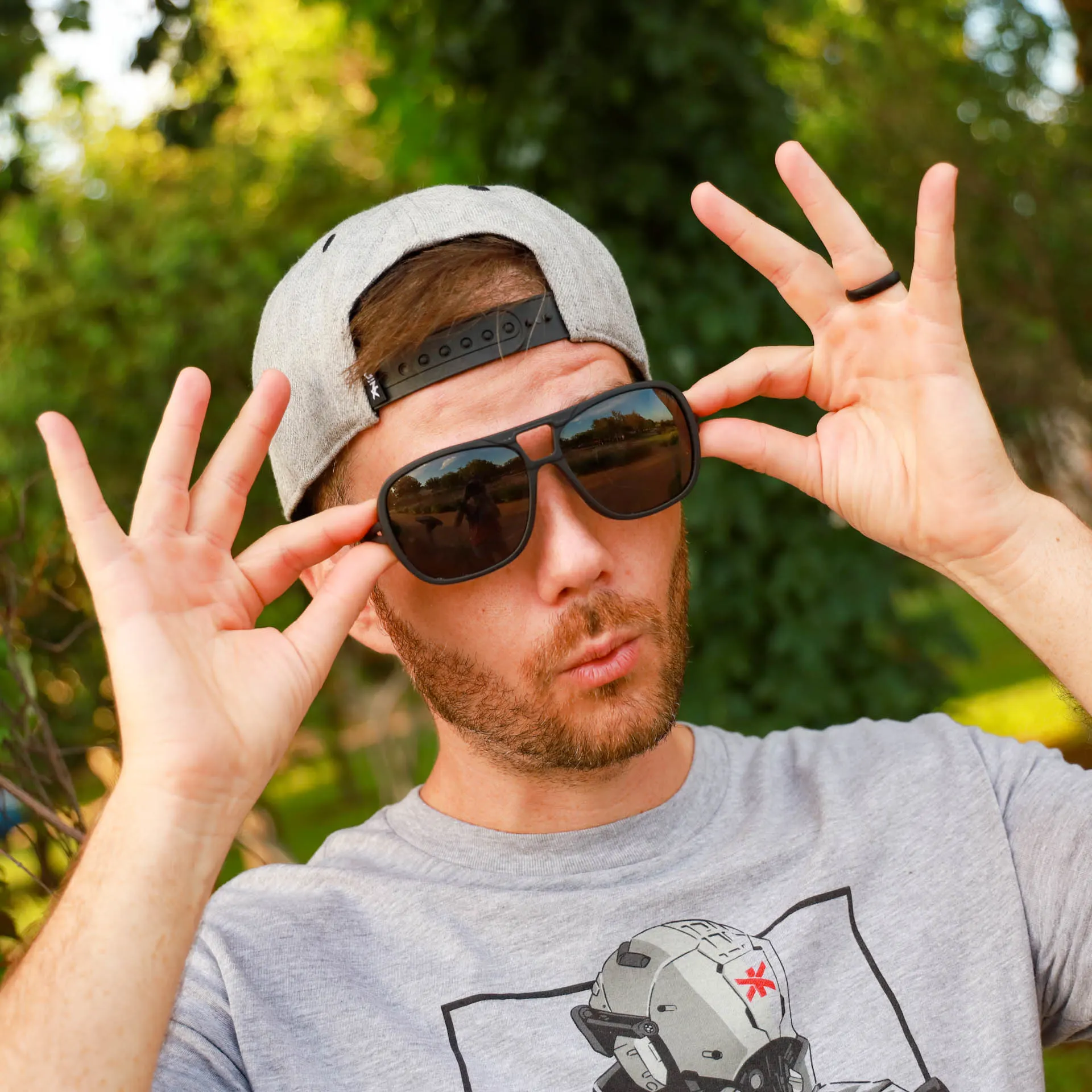
Water filtration: it might not be the sexiest gear topic, but if you’re heading into the backcountry, it’s absolutely essential (read about why a water filter is a must-have in this article). And when it comes to backpacking filters, two names often dominate the trail—Sawyer and LifeStraw.
But which is the better choice? Let’s break it down so you can choose the filter that’s right for you.
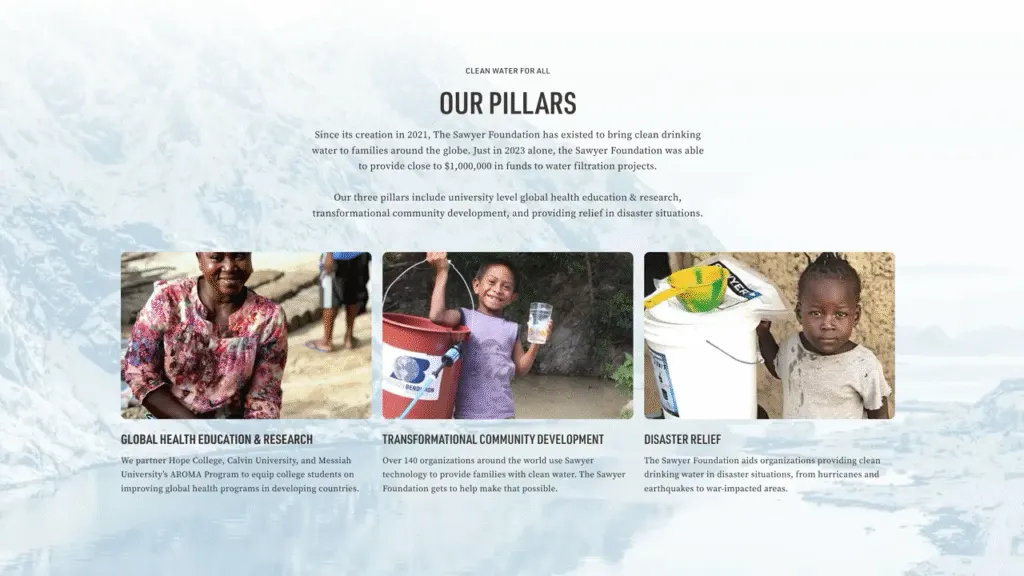
1. Sustainability & Social Impact
Sawyer
Sawyer donates 90% of its profits to non-profits working to provide clean water access worldwide. They partner with community organizations to not only distribute filters, but also train people in their proper use to ensure long-term health and safety. Also important: one filter can last 10 years of daily use before it wears out, which means these filters create far less waste.
LifeStraw
LifeStraw is no slouch either. They’re a certified B-Corp and climate neutral company. Their Peak Series Solo filter is also made from 50% recycled plastic. For every 500 products sold, LifeStraw donates a community purifier to a school, providing water for 100 kids for five years.
Winner: Sawyer. While both companies go hard on global impact, Sawyer gets the point for making such long-lasting products that don’t need replaced every season or two.
2. Price Point
- Sawyer Squeeze: $40
- LifeStraw Peak Series Solo: $30
Winner: LifeStraw. It’s cheaper upfront. But wait…
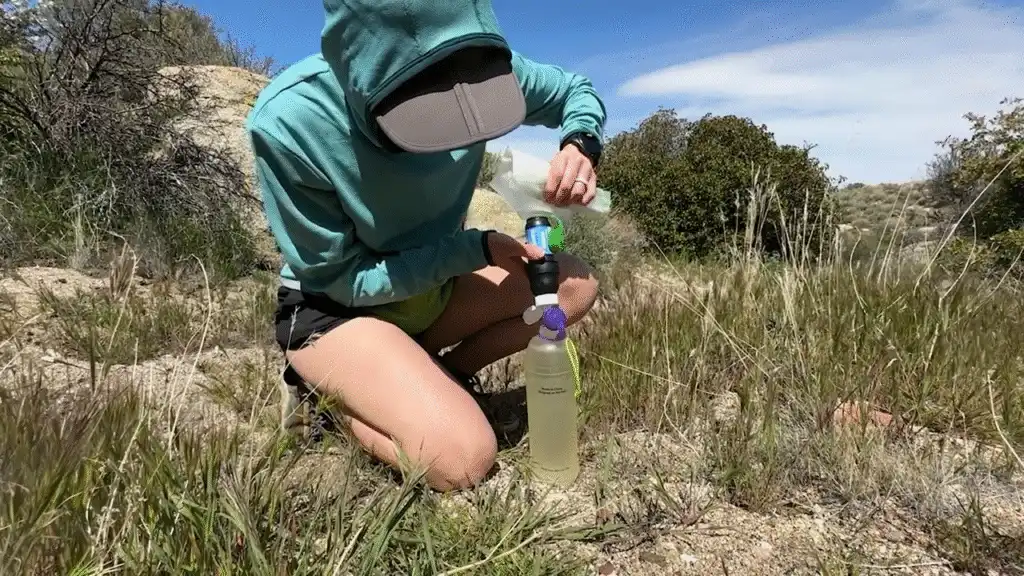
3. Longevity
- LifeStraw: 2,000 liters
- Sawyer: 10+ years (of daily use, with proper care)
Winner: Sawyer. If you take care of it, the Sawyer can last a decade or more—making it the more sustainable, long-term option, and cheaper in the long run, too.
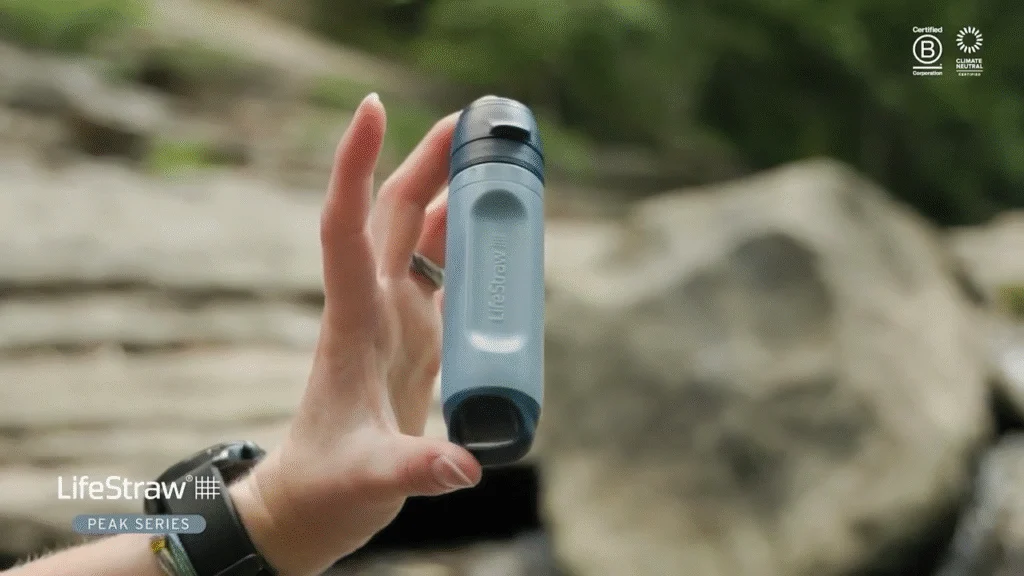
4. Weight & Size
- Sawyer: 2.0 oz
- LifeStraw: 1.7 oz
Winner: LifeStraw, but by a hair. Both are ultralight.
5. Filtration Power
| Feature | Sawyer Squeeze | LifeStraw Peak Series Solo |
|---|---|---|
| Bacteria | 99.99999% | 99.999999% |
| Protozoa & Parasites | 99.9999% | 99.999% |
| Microplastics | 100% | 99.999% |
| Filter Pore Size | 0.1 micron (absolute) | 0.2 micron |
Winner: Sawyer. Slightly better performance, especially on protozoa and parasites.
6. Ease of Use & Backflushing
LifeStraw
The Peak Series requires a special plunger for backflushing. It’s effective, but it’s another piece of gear to have to carry, which adds weight.
Sawyer
Includes a clever little backflush adapter that works with any standard water bottle. Lightweight and field-friendly.
Winner: Sawyer for its simpler, smarter design.
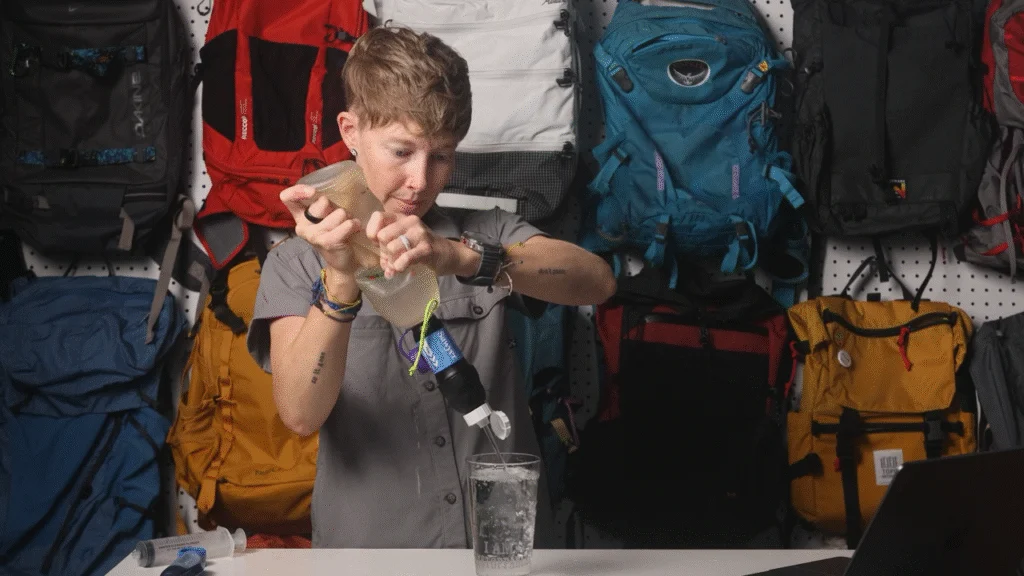
7. Flow Rate Test
With similar squeeze pressure and the same one liter of water:
- LifeStraw: 18.56 seconds
- Sawyer: 20.31 seconds
Winner: LifeStraw, but by just under two seconds. Not a deal-breaker.
Verdict: What’s the Best Backpacking Water Filter?
If you’re ultra-focused on weight or budget, the LifeStraw Peak Solo gets the job done. But for longevity, sustainability, smart design, and slightly better filtration, the Sawyer Squeeze comes out on top, making it our pick for most trips.
Both are fantastic filters from companies doing real good in the world. But if you’re planning more than a couple of trips—or want a filter that won’t end up in the landfill after one season—Sawyer’s the one to beat.
Watch the whole showdown on YouTube.
FAQ
Q: Which filter removes more bacteria?
A: LifeStraw edges out slightly with 99.999999%, but Sawyer’s 99.99999% is still excellent.
Q: Can I backflush both filters?
A: Yes. Sawyer uses a simple cap and bottle system, while LifeStraw requires a plunger.
Q: Which is better for long-term use?
A: Sawyer. It lasts over 10 years with proper care.
Q: Are both filters good for international travel?
A: Yes, both filter out bacteria, protozoa, and microplastics, but not viruses. Consider additional treatment in risky areas.
Q: Which one is better for sustainability?
A: Both brands give back and use sustainable materials, but Sawyer’s long lifespan makes it the more eco-friendly option long term.

